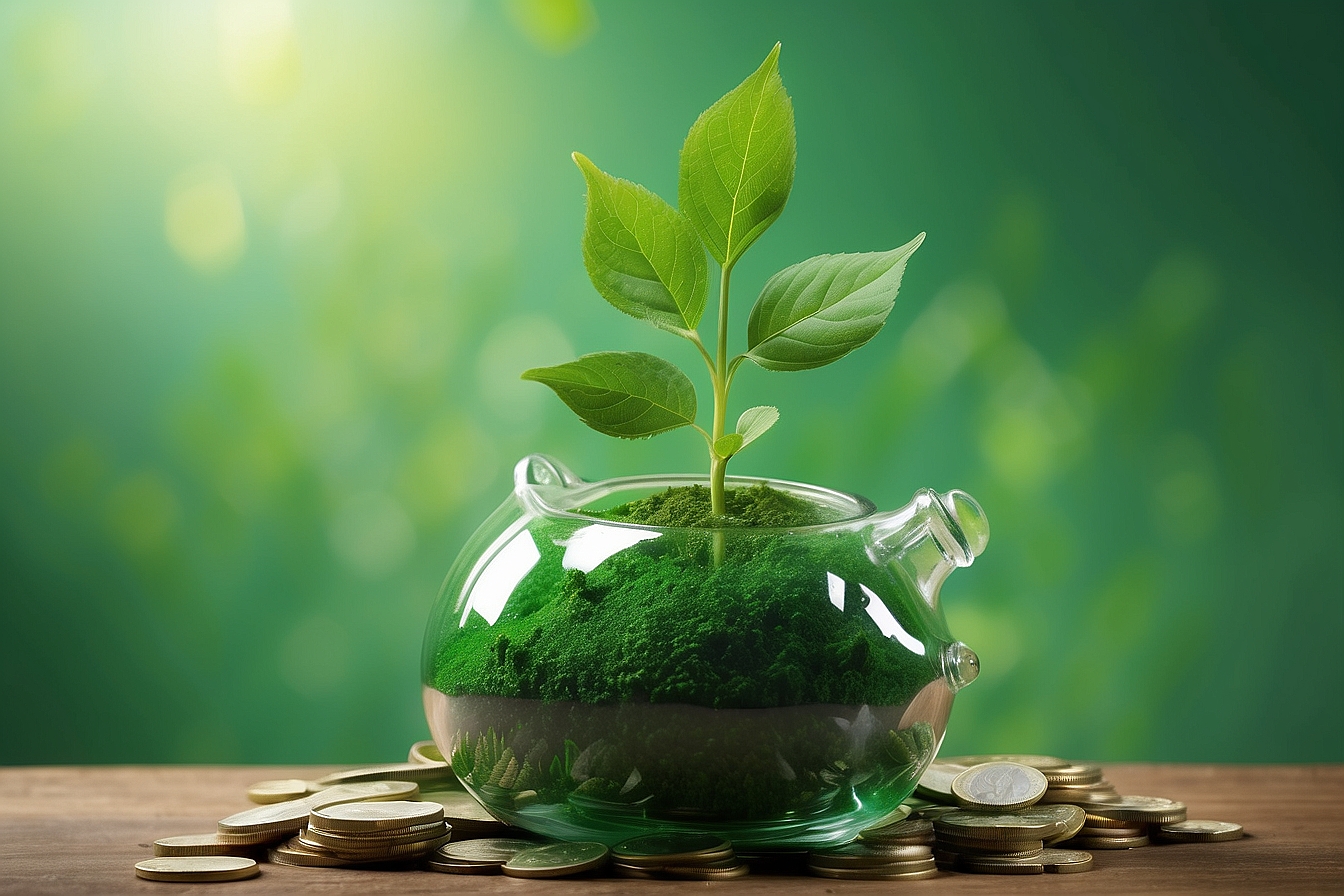Are big companies really going green? Before the recession of the late 2000s hit, the environmental movement had gained enormous ground and everyone was thinking green. Companies came out with green initiatives and programs left and right. Let’s look at what’s happened to these plans!
In 2005, Walmart CEO Lee Scott announced the company’s goal to become 100% powered by renewable energy, create zero waste, and “sell products that sustain our resources and environment.” This was a serious statement coming from the largest private employer in the world. Consider that the carbon footprint of Walmart’s stores, offices, and distribution centers was 21.4 million metric tons in 2010. According to the Carbon Disclosure Project, that’s more than half the world’s countries! If all of Walmart’s suppliers are included in the calculations, the company’s total footprint is closer to 200 million metric tons.1
When companies like Walmart tell the world that they are going green, it’s a big deal. Without any national or global policies to cut back carbon emissions securely in place and followed, for many environmental groups, big private companies are “parties of last resort.” As one Environmental Defense Fund staffer put it, “they are our only hope at the moment.” The sheer scale of Walmart’s business – not to mention its influence on broader markets – means even small improvements in energy and water use, emissions, and other metrics translate into major environmental benefits.2
In many ways, the way in which big, “last hope” companies like Walmart have been greening give us reason to be, well, hopeful. Even in the midst of a recession, the number of companies investing in renewable energy and striving to make their companies more sustainable is growing daily. From Starbucks’ LED retrofits3 to Staples’ LEED buildings4 and from Frito Lay’s Near Net Zero Facility5 to Kimberley Clark partnering with Greenpeace6, companies are striving to improve their sustainability image. In many cases, it seems that big box companies are starting to “get it” when it comes to energy efficiency.7 Not only does saving energy improve a company’s image, it also saves them money.8 For example, in 2010 some of the world’s largest clothing retailers including Walmart, H&M, Nike, and Gap partnered with the National Resources Defense Fund (NRDC) in a program to reduce water, energy, and chemical use at their Chinese textile suppliers. Trial implementations of simple practices like installing of electricity meters, turning off hoses when not in use, and installing proper insulation have shown that the NRDC’s recommended practices can pay for themselves in less than eight months! After eight months, the companies start to make money on their investment. Taken together, best practices like these can cut water use by about 25 percent and fuel use by 30 percent.9
Of course, all of these green advancements should be questioned. It is important to be skeptical and on the lookout to keep Walmart and other companies that are at the forefront on their toes. As the recent surge in “Eco Products” that are not-so-eco demonstrates, there is a high potential for “greenwashing” among big companies to improve their image and sell more merchandise.11 For companies like Walmart, another perhaps more pressing concern is whether a company’s green image in the U.S. belies a not-so-green product lifecycle. Remember how Walmart’s carbon footprint jumped from 21.4 million metric tons to 200 million metric tons if worldwide production and supply chains were included in the calculations? This is because most products sold by big box stores in the U.S. go through a great deal of steps before they ever touch down on American soil.
It seems that despite the recession, companies are starting to become somewhat more environmentally responsible in the U.S., especially when it comes to energy efficiency.13;14 The next, and much more difficult step, will be conducting life-cycle analyses and using carbon reporting tools in an effort to make big companies clean up their supply-chain abroad.15 While the individual is an extremely important part of the sustainability equation, big companies make up an insurmountable component to environmental conservation, both from the production and distribution standpoint and that of making it more feasible for individuals to make eco-conscious decisions in the consumer market. Policy needs to place a greater amount of responsibility on the corporate world to protect the environment, while individuals need to continue to use their collective buying power to put pressure on companies to walk the walk and not just talk the talk of sustainability.


